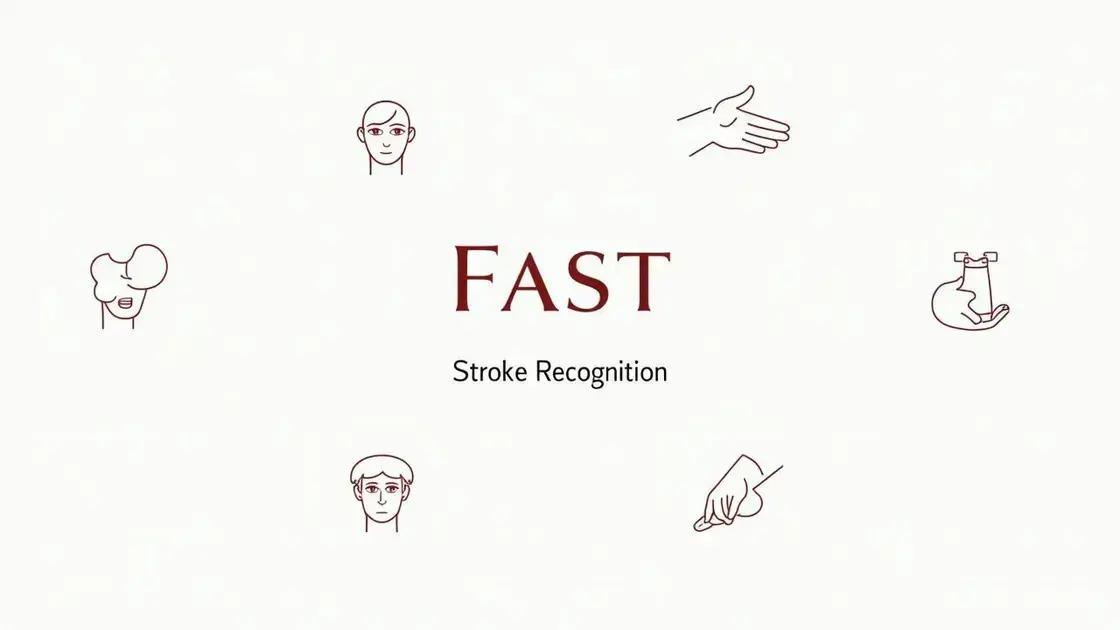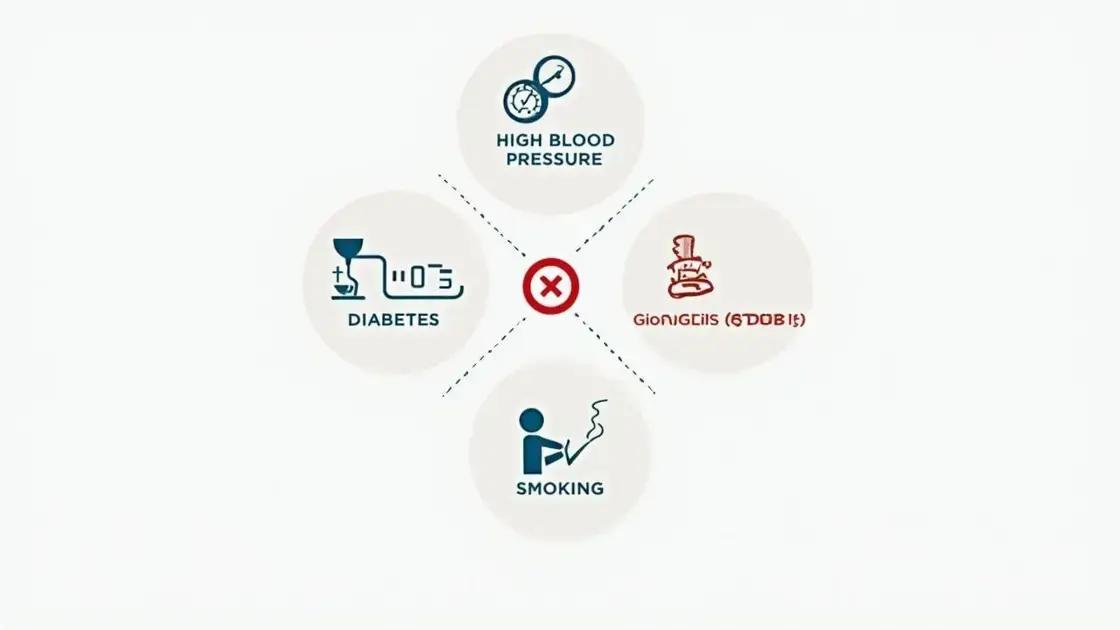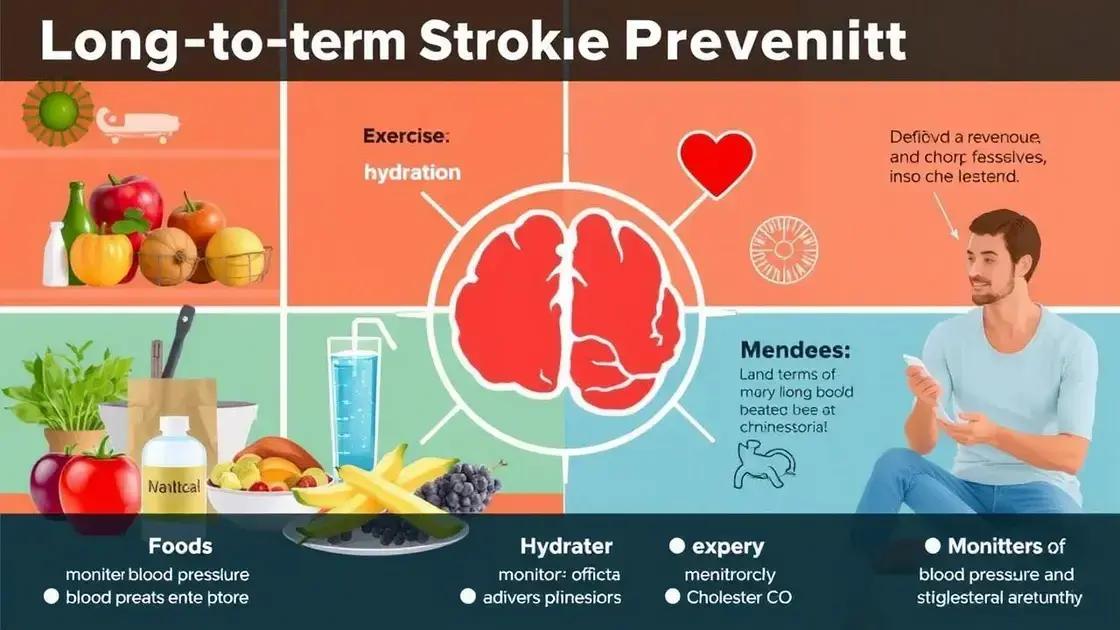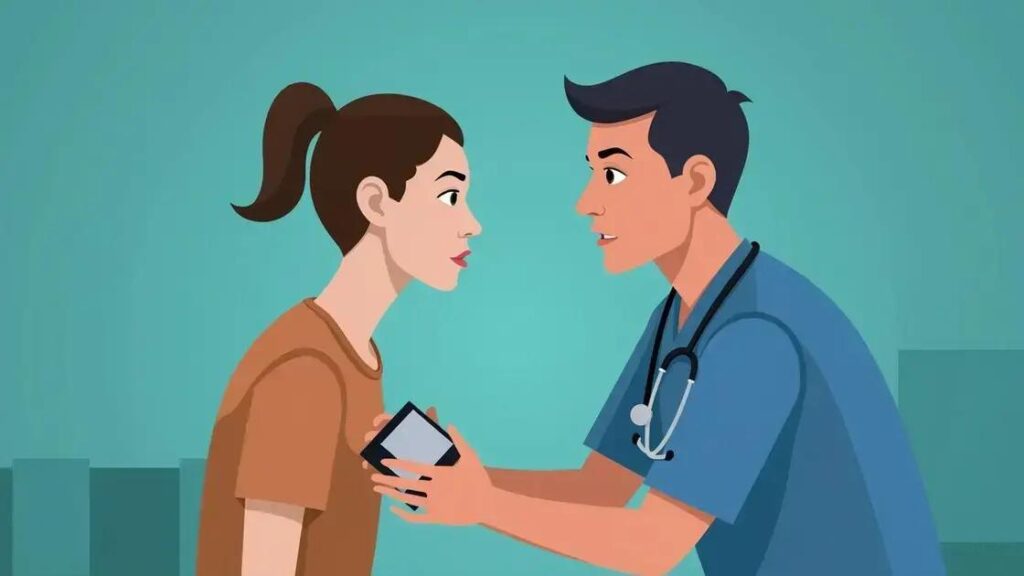Recognizing and addressing early signs of stroke, such as facial drooping, arm weakness, and speech difficulties using the FAST acronym, is crucial. Act quickly by calling emergency services and monitoring symptoms as they arise. Understanding risk factors like high blood pressure and diabetes, alongside implementing long-term strategies like a healthy diet and regular exercise, can effectively reduce stroke risk and improve overall health.
Identifying the early signs of stroke is critical for timely intervention and recovery. Stroke can strike without warning, and recognizing the symptoms like sudden numbness, confusion, or difficulty speaking is essential. In this article, we will delve into the key indicators of a stroke, discuss risk factors that may contribute to its onset, outline immediate steps you should take when you observe these symptoms, and explore long-term prevention strategies. Understanding how to address these early signs can save lives and improve outcomes.
Understanding Stroke Symptoms

Understanding stroke symptoms is vital for prompt action and treatment. Strokes can happen suddenly, and knowing the signs can be lifesaving. The most common symptoms are often remembered by the acronym FAST, which stands for:
- Facial drooping: One side of the face may droop or feel numb. Ask the person to smile and see if their smile is uneven.
- Arm weakness: One arm may be weak or numb. Ask the person to raise both arms. Does one arm drift downward?
- Speech difficulties: Speech might be slurred or strange. Ask the person to repeat a simple sentence. Is it repeated correctly?
- Time to call emergency services: If any of these symptoms are present, call emergency services immediately.
Additionally, other symptoms can include sudden confusion, difficulty walking, or severe headache with no known cause. It is crucial to recognize these symptoms early to minimize brain damage and improve recovery outcomes. Remember that stroke symptoms can vary, and even a combination of these signs should not be ignored.
Risk Factors for Stroke

Knowing the risk factors for stroke can help you take action to reduce your chances of having one. Some common risk factors include:
- High Blood Pressure: This is the leading cause of strokes. Keeping blood pressure in check is crucial for stroke prevention.
- Diabetes: People with diabetes are at a higher risk of stroke. Managing blood sugar levels can be an important way to lower this risk.
- High Cholesterol: Elevated cholesterol levels can lead to artery blockages. Regular check-ups and a healthy diet can improve cholesterol levels.
- Obesity: Being overweight increases your chances of having high blood pressure and diabetes, contributing to stroke risk.
- Smoking: Tobacco use greatly increases stroke risk by damaging blood vessels. Quitting smoking can significantly lower this risk.
- Age: As you grow older, your risk of stroke increases. Those aged 55 and above have a higher tendency to experience strokes.
- Family History: A family history of stroke can increase your risk. Knowing your genetic background can help with early prevention.
- Physical Inactivity: A lack of exercise can lead to weight gain and other conditions. Staying active is key to lowering stroke risks.
- Heart Diseases: Conditions like atrial fibrillation increase the likelihood of stroke. Regular heart check-ups can catch these issues early.
Understanding these risk factors will help you make informed health choices. Take preventive actions based on your personal risk profile to lower the chances of experiencing a stroke.
Steps to Take When Symptoms Appear

When symptoms of a stroke appear, it is crucial to act quickly. Here are the steps you should take:
- Recognize the Symptoms: Use the FAST acronym to identify stroke signs: facial drooping, arm weakness, speech difficulties, and time to call for help.
- Call Emergency Services: Don’t hesitate! Call 911 or your local emergency number immediately if you notice any stroke symptoms. Time is essential; faster treatment can lead to better recovery.
- Note the Time: Keep track of when the symptoms began. This information is vital for medical professionals to diagnose and treat the stroke effectively.
- Stay Calm: Try to keep the affected person calm and comfortable while waiting for medical help to arrive. Reassure them that help is on the way.
- Avoid Food and Drink: Do not give the person anything to eat or drink. Swallowing may be impaired, and this could lead to choking.
- Do Not Administer Medication: Avoid giving any medications, including aspirin, as these could complicate treatment.
Acting quickly when stroke symptoms appear can make a significant difference in recovery outcomes. Always prioritize getting professional help as soon as possible.
Long-Term Strategies for Stroke Prevention

Implementing long-term strategies for stroke prevention is essential for maintaining your health. Here are several key strategies to consider:
- Maintain a Healthy Diet: Eating a balanced diet rich in fruits, vegetables, whole grains, and lean proteins can reduce the risk of stroke. Limit saturated fats, trans fats, sodium, and sugars.
- Exercise Regularly: Aim for at least 150 minutes of moderate aerobic activity each week. Activities like walking, cycling, and swimming help improve overall health and reduce stroke risks.
- Control Blood Pressure: Regularly monitor your blood pressure and take necessary steps to keep it within a healthy range. Consult your doctor for lifestyle changes or medications if needed.
- Manage Cholesterol Levels: Keep your cholesterol levels in check through a healthy diet and regular medical check-ups. High cholesterol can narrow arteries and increase stroke risk.
- Avoid Tobacco Use: If you smoke, quit as soon as possible. Smoking damages blood vessels and raises the risk of stroke. Seek support if needed to help you quit.
- Limit Alcohol Consumption: Drinking in moderation is important. Limit intake to no more than one drink per day for women and two drinks per day for men.
- Stay Hydrated: Ensure you drink enough water daily. Proper hydration supports overall health and can prevent health issues.
- Regular Health Check-ups: Routine check-ups with your healthcare provider can help catch any risk factors early, allowing for effective management.
By following these strategies, you can significantly reduce your chances of experiencing a stroke and improve your overall health.
In Summary: Recognizing and Preventing Stroke
Understanding the early signs of stroke and acting quickly can save lives. By using the FAST acronym—facial drooping, arm weakness, speech difficulties, and time to call for help—you can help identify a stroke when it occurs.
Additionally, knowing the risk factors such as high blood pressure, diabetes, and smoking allows you to take proactive steps in reducing your risk. Implementing long-term strategies, including maintaining a healthy diet, exercising regularly, managing cholesterol, and avoiding tobacco can significantly lower your chances of a stroke.
Ultimately, awareness, education, and quick action are key components in the fight against stroke. Stay informed and make health choices that promote your well-being.
FAQ – Frequently Asked Questions About Stroke Awareness and Prevention
What are the early signs of a stroke?
The early signs of a stroke can be remembered using the FAST acronym: facial drooping, arm weakness, speech difficulties, and time to call for help.
What should I do if I recognize stroke symptoms?
If you recognize stroke symptoms, call emergency services immediately. Time is crucial for effective treatment.
What are common risk factors for stroke?
Common risk factors include high blood pressure, diabetes, high cholesterol, obesity, smoking, and a sedentary lifestyle.
How can I reduce my risk of having a stroke?
You can reduce your risk by maintaining a healthy diet, exercising regularly, managing stress, and scheduling regular health check-ups.
Can I prevent a stroke with lifestyle changes?
Yes, lifestyle changes like a balanced diet, regular exercise, and avoiding tobacco use can significantly reduce your stroke risk.
Is it possible to recover fully from a stroke?
Recovery from a stroke varies by individual, but many people can achieve significant improvements with early intervention and rehabilitation.












